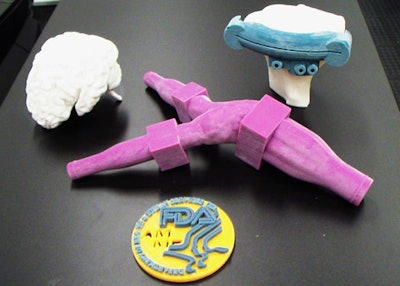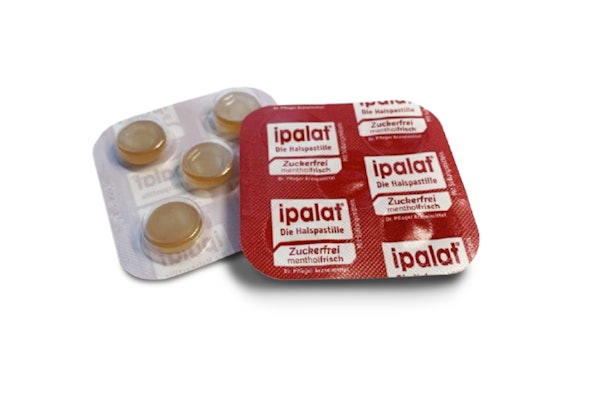
3D printing, a type of additive manufacturing, offers many possibilities in the medical realm, and the FDA continues to put time and effort into the budding industry to be prepared for the technologies in the pipeline.
At the 2017 PDA/FDA Joint Regulatory Conference James Coburn, FDA Senior Research Engineer, explained some of the ways that the technology, in which successive layers are added to build a 3D structure from a digital file, is being used (or will be used) to improve patient outcomes. “3D printing has engulfed my life in the last few years,” he said, adding that despite the “summer camp activity” connotation, there are life-saving applications. Coburn noted that the terms "3D printing" and "additive manufacturing" are used interchangeably in the FDA's treatment of the subject.
Medical devices
It’s no secret that highly specific devices, such as knee implants or surgical instruments, can be 3D printed to offer patients a customized fit. Mighty Oak Medical’s Firefly Pedicle Screw Navigation Guide is an FDA-approved device that physically guides surgeons during spinal surgery in a trajectory specific to the patient’s spine.
Coburn brought up an example in which an infant’s trachea collapsed, a situation that had a poor prognosis. The University of Michigan hospital worked with a team at the university to print a 3D tracheal splint to fit the infant’s airway, made of materials that would biodegrade as he grew older. After receiving emergency FDA clearance, the device was implanted successfully and the infant survived (he’s alive to this day, years later).
Drug researchers can also print a number of identical small organs, such as a set of livers, and expose them to various drugs to decide which candidates to eliminate early on.
Patient-specific medicine
Perhaps less well-known, researchers are working on printing 3D doses of pharma products. By taking a binder and spraying on an API, the dosage can be “built like a sandcastle.” This has immense potential for choosing the best dosage form as well as delivering patient-specific doses or customizing drug release in the body. Regulatory issues abound, as control is not as well-established as it is with other manufacturing technologies such as stamping.
Potential regulatory tools
“Phantoms” are additive manufactured tissue-simulating tools that are not devices themselves, but can aid in quality control of imaging modalities. For example, mammography machines can be tested by creating a repeatable, patient-specific 3D form of a breast.
Looking ahead
In May 2016, the FDA released a draft guidance, “Technical Considerations for Additive Manufactured Devices” which discusses the agency’s initial thinking on additive-manufactured medical devices featuring main sections on design/manufacturing and device testing.
Coburn performs research on patient-based design factors for device development, as the FDA continues to take an active approach in research for regulations. There is cross-collaboration across the agencies of CDER, CBER and CDRH.
As more products and technologies develop, many questions will be studied, including:
-
How do the properties of the raw materials affect how you print something?
-
Biocompatibility is an issue. How do you ensure that materials and additives are produced in a cleanroom?
-
What is the government’s role in educating or prohibiting laypeople from printing their own drugs or devices? As Coburn noted, “You can download a knee implant. …It’s not a level of openness that is useful.”
-
How can processes that, by their very nature create a unique product, be validated? How will printers that contact APIs be cleaned?



















